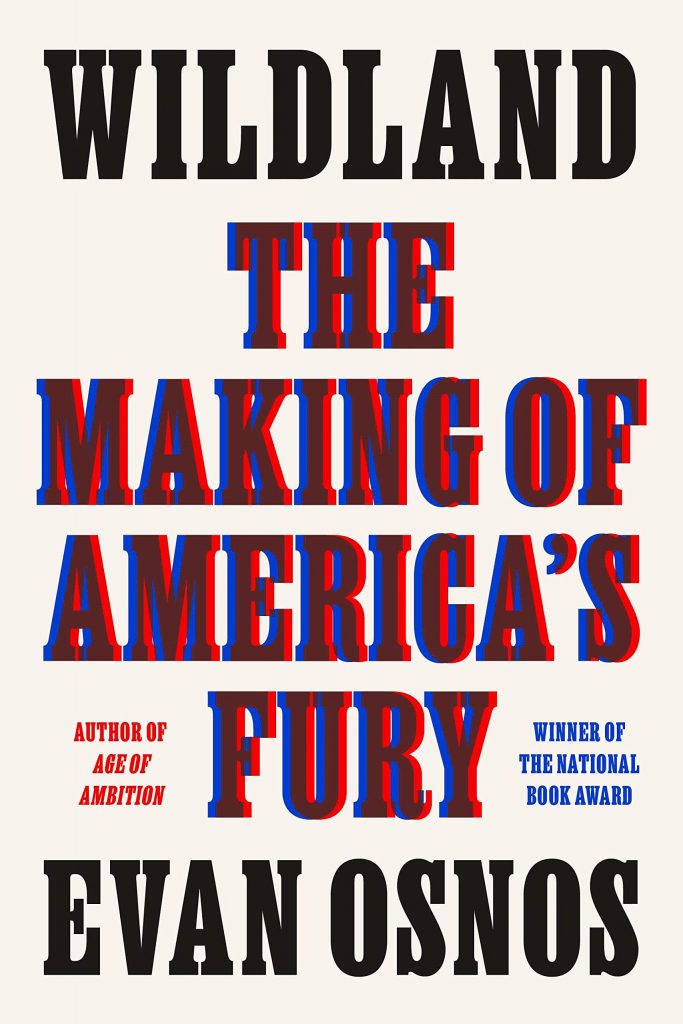
Journalism is a first attempt to record history, and Osnos makes an outstanding first pass over the period in America between September 11, 2001 and January 6, 2021. On the first date, the country was (mostly) united in its horror by an attack by a foreign intruder. Twenty years later and the U.S. is riven. Wisely, Osnos uses only three locations in America to track the transformation: a small, de-industrializing town in West Virginia, the Black south side of Chicago, and Greenwich, CT, the wealthiest community in the country.
Osnos lays blame for the disintegration of the country on income inequality and the undue influence that super-wealthy and corporations have on the electoral process. In short, the poor have gotten poorer and the rich, richer. In West Virginia, poor, aging white Americans whose jobs in the coal mines have disappeared along with their health benefits have absorbed right wing xenophobia and cast themselves as losers in a race war. Wealthy money managers in Greenwich tolerate Trumpism because their ability to continue to live the life of ease gets only easier. And, they never interact with poor Americans. Similarly, many of the Black residents of Chicago that Osnos speaks with have never been to white Chicago. They have not seen the museums, the zoo, parks or the waterfront. They do not get there as tourists, as members of the electoral process, and definitely not as workers.
Trump figures prominently in the final years — and it is sadly amazing how much deeply racist and hurtful policies and statements he perpetrated that I had blocked from memory — but Osnos paints Trump as a skillful opportunist in the right place at the right time. In time, historians will have a clearer picture, but Osnos has captured an era with superb readability.


